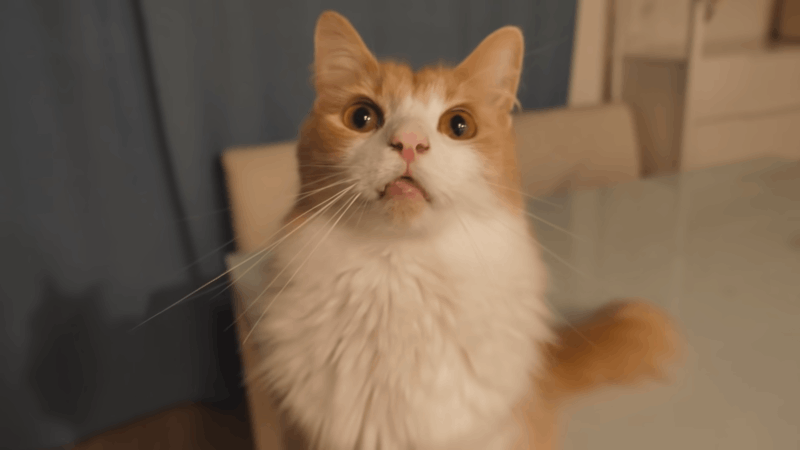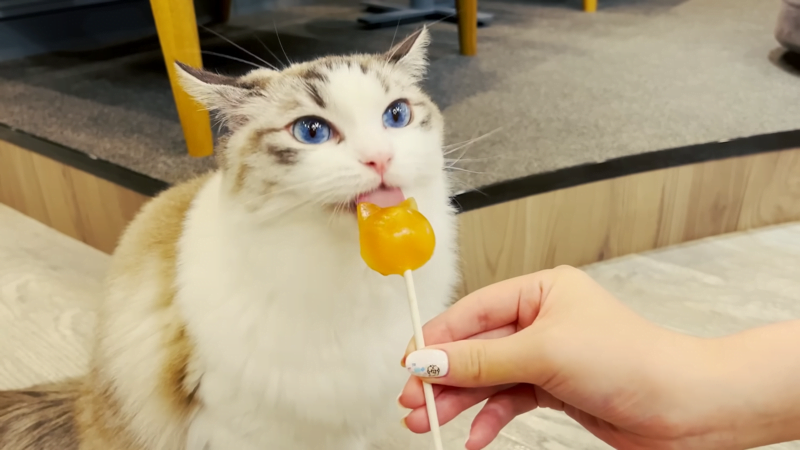No products in the cart.
Cat owners often find themselves pondering the question, What does CBD do for cats? This intrigue is a result of how frequently CBD is used to treat various feline health issues. With its ability to control pain, reduce anxiety, reduce inflammation, and even increase hunger in our four-legged friends, CBD has become increasingly popular.
In this blog, we will discover what CBD does for cats, its natural origin, its potential benefits for feline health, its impact on cats with diabetes, how to know if your cat is diabetic, and diabetic symptoms. By understanding the potential benefits and seeking professional advice, we can make informed decisions to support the health and happiness of our beloved feline companions.
What Does CBD Do for Cats?
CBD for cats interacts with the endocannabinoid system in cats’ bodies, which plays a role in regulating various physiological processes such as pain perception, inflammation, appetite, mood, and more. Some of the potential benefits of CBD for cats that have been suggested include:
- Pain management: Cats with chronic diseases, arthritis, or those recovering from surgery may find relief from pain and discomfort with CBD.
- Anxiety and stress relief: CBD might have calming effects on cats and could be beneficial for reducing anxiety, stress, or fear in situations like loud noises, car rides, or vet visits.
- Anti-inflammatory properties: CBD’s potential anti-inflammatory effects may be helpful for cats with inflammatory conditions or diseases.
- Appetite stimulation: In some cases, CBD may stimulate a cat’s appetite, which could be beneficial for cats with a reduced appetite due to illness or other issues.
- Seizure management: According to anecdotal evidence, CBD may benefit certain types of cats with epilepsy by lessening the frequency and intensity of their seizures.
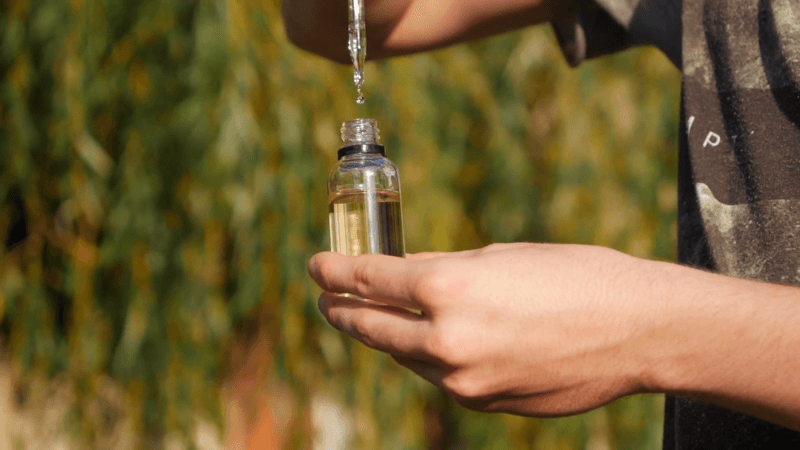
Definition of CBD and Its Natural Origin
CBD is a natural compound found in the cannabis plant, specifically in hemp and marijuana. It belongs to the more than one hundred phytocannabinoids that these plants contain. CBD is a safe alternative for both people and animals since, unlike THC (tetrahydrocannabinol), it does not cause psychoactive effects. Due to its higher CBD content and lower THC content, hemp is often used to extract CBD because it satisfies regulatory standards for CBD products.
The Way CBD Works
By indirectly activating CB1 and CB2 receptors, CBD works with cats’ endocannabinoid systems (ECS). While CBD, unlike THC, does not bind to these receptors directly, it may improve the actions of endocannabinoids such as anandamide by encouraging their release and preventing reuptake. Potential advantages of this interaction include treating seizures in cats as well as pain treatment, reduced inflammation, anxiety reduction, and hunger stimulation.
Definition of Diabetes Feline
A long-term metabolic condition known as diabetes in cats affects how the body utilizes glucose (sugar). The pancreas of a healthy cat produces insulin, a hormone that helps cells absorb glucose and control blood sugar levels. In diabetic cats, either inadequate insulin is produced or the body becomes resistant to insulin’s actions, resulting in hyperglycemia, or high blood sugar. Leaving this condition untreated might have a negative impact on a cat’s general health and well-being.
Types of Feline Diabetes
There are two primary types of diabetes that can affect cats:
- Type 1 Diabetes: Also known as insulin-dependent diabetes, this type occurs when the cat’s pancreas fails to produce enough insulin, leading to an insulin deficiency. Cats with type 1 diabetes require insulin injections to manage their blood glucose levels effectively.
- Type 2 Diabetes: In this type, the pancreas may produce some insulin, but the cat’s body becomes resistant to its effects. This means that even though insulin is present, the cells do not respond adequately, leading to elevated blood sugar levels. Some cats with type 2 diabetes may be managed with dietary changes and oral medications, while others may also require insulin therapy.
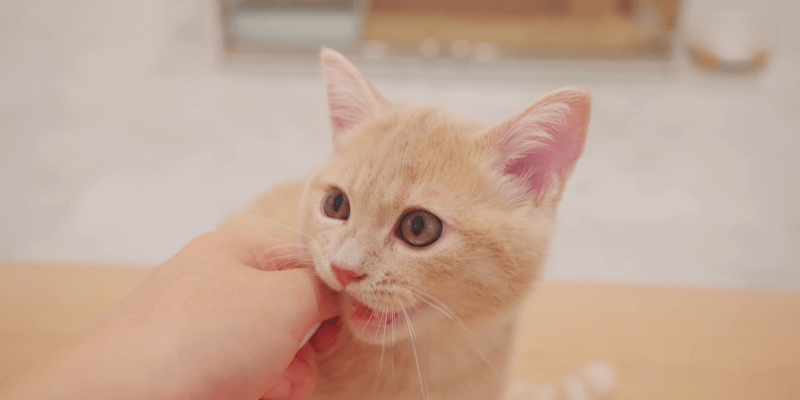
Common Risk Factors
Several factors can increase a cat’s likelihood of developing diabetes:
- Age: Diabetes is more common in middle-aged to older cats, typically over the age of 7.
- Obesity: Because extra body fat impairs insulin activity, cats who are overweight or obese are more likely to acquire diabetes.
- Sedentary Lifestyle: Cats with little physical activity may be more susceptible to developing diabetes.
- Breed: Certain breeds, such as Burmese cats, seem to have a higher predisposition to diabetes.
- Gender: Male cats are more commonly diagnosed with diabetes than females.
The Impact of Diabetes on a Cat’s Overall Health
- Hyperglycemia: Diabetes in cats results in elevated blood glucose levels (hyperglycemia). Prolonged hyperglycemia can lead to a range of problems affecting multiple organ systems.
- Weight Loss and Muscle Wasting: Despite increased appetite, diabetic cats often lose weight and may experience muscle wasting due to the body’s inability to properly utilize glucose for energy.
- Dehydration: Increased urination can lead to dehydration, which can be especially concerning in cats, as they are prone to urinary issues.
- Urinary Tract Infections (UTIs): Cats with diabetes are more susceptible to urinary tract infections, which can cause discomfort and further complications.
- Ketoacidosis: This is a severe and potentially life-threatening complication of diabetes. When the body cannot use glucose for energy, it starts breaking down fats instead, producing ketones as byproducts. High ketone levels lead to a condition called ketoacidosis, which can cause vomiting, lethargy, loss of appetite, and even coma.
- Cataracts: Diabetes can cause cataracts to develop in a cat’s eyes, leading to impaired vision or blindness if left untreated.
- Neuropathy: Diabetic neuropathy is a condition where nerve damage occurs due to prolonged high blood glucose levels. It can lead to weakness, muscle pain, and an unsteady gait.
How to Know if Your Cat Is Diabetic
It’s important to be cautious and watch out for symptoms of diabetes in cats. The following are some typical signs to look out for:
- Increased Thirst and Urination: If your cat seems to be thirstier than normal and peeing more frequently, diabetes may be the cause. Increased urine production from the body’s attempt to remove the extra sugar when blood sugar levels are high causes dehydration and increased thirst.
- Weight Loss: Despite having a good appetite, diabetic cats may experience weight loss. The body’s inability to utilize glucose efficiently forces it to break down fat and muscle for energy, resulting in weight loss.
- Increased Appetite: Some diabetic cats may have an increased appetite due to their body’s inability to use glucose effectively for energy. This condition is known as “polyphagia.”
- Lethargy and Weakness: Cats with diabetes may appear lethargic and have reduced energy levels.
- Changes in Coat and Skin: Diabetes can affect a cat’s skin and coat condition, leading to dryness, dullness, and potential skin infections.
- Sweet-Smelling Breath: Some diabetic cats may have breath that smells sweet or fruity due to the presence of ketones, which are byproducts of fat metabolism.
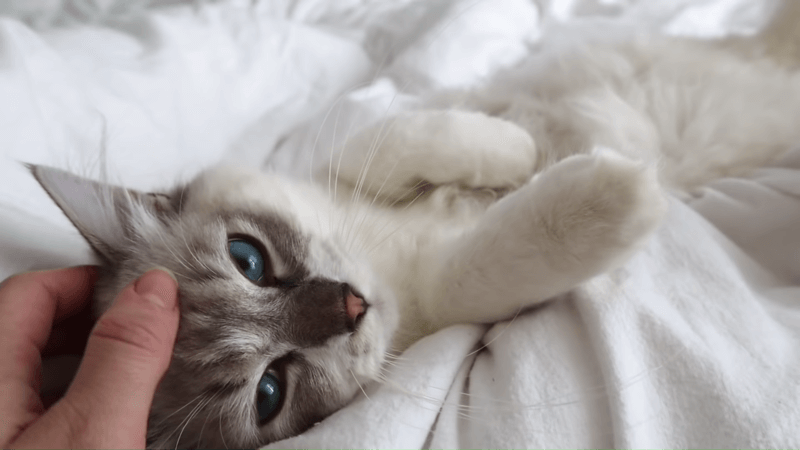
Importance of Early Detection and Regular Vet Check-Ups
Early detection of diabetes in cats is crucial for several reasons:
- Timely Treatment: Early diagnosis allows for prompt initiation of treatment, which can help manage blood glucose levels effectively and reduce the risk of complications.
- Improved Quality of Life: Proper management of diabetes can enhance a cat’s overall well-being and help them lead a healthier and more active life.
- Preventing Severe Symptoms: Identifying diabetes early can prevent cats from experiencing severe symptoms and complications associated with uncontrolled diabetes, such as diabetic ketoacidosis.
- Better Prognosis: With early intervention and proper care, the prognosis for diabetic cats is generally more favorable.
The Diagnostic Process and Tests Involved
Diagnosing diabetes in cats typically involves a combination of medical history evaluation, physical examination, and diagnostic tests:
- Medical History: A cat’s medical history, including any changes in hunger, drinking, urinating, weight, and behavior, will be gathered by the vet.
- Physical Examination: The vet will perform a thorough physical examination, checking for signs of diabetes and assessing the cat’s overall health.
- Blood Glucose Test: The most critical diagnostic test for diabetes involves measuring the cat’s blood glucose levels. A firm diagnosis of diabetes requires more testing, however, elevated fasting blood glucose levels (hyperglycemia) may be an indication.
- Glucose Tolerance Test: In some circumstances, a glucose tolerance test may be conducted. In this test, a dose of glucose is administered to the cat, and blood samples are obtained at regular intervals to gauge how the body processes the substance.
- Urinalysis: A urinalysis aids in determining whether glucose is present in the urine (glucosuria), which can be a sign of diabetes.
- Additional Blood Tests: The vet may conduct other blood tests to assess the cat’s overall health and rule out other potential medical conditions.
- Monitoring: If the diagnosis is unclear, the vet may advise keeping track of the cat’s blood glucose levels for a few days or weeks.
Conclusion
Finding out what does CBD do for cats is important for supporting our cat’s health and happiness. CBD could potentially provide various benefits such as pain management, anxiety relief, anti-inflammatory effects, appetite stimulation, and possible seizure management for cats. By staying informed about CBD and its potential benefits for cats and seeking professional advice, we can make well-informed decisions to support the health and well-being of our beloved feline friends.
I am Nelson Cooper, I pursue my passion for writing and my belief is that cats love humans. I enjoy traveling and have a deep appreciation for the beauty of nature, as well as a soft spot for animals, particularly cats.

